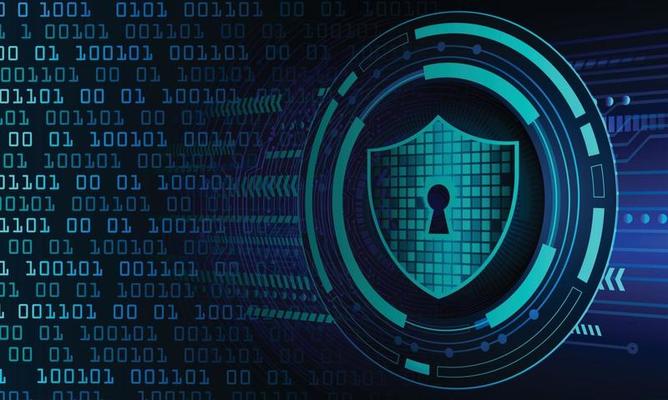Currently, there are more and more connected devices, both at a business and personal level, which causes more attack vectors that must be protected and monitored through cybersecurity. According to cybersecurity statistics and infographics, any user is exposed to daily attacks, and these are occurring more and more frequently.

Hence, the question: What is cybersecurity?
Cybersecurity is the practice of protecting devices, networks, systems, and data from computer attacks. In other words, it is about managing computer security or information technology security.
What threats or attacks are companies exposed to?
Nowadays, companies are immersed in a constantly changing technological environment where technology-based information systems are present in most of their processes.
In addition, the use of mobile devices and cloud services for the development of activities is becoming more frequent, an issue that offers new opportunities but is not without risks. That is why cybersecurity in companies is increasingly important, and all necessary measures must be applied to be protected against the various existing malicious attacks.
Malicious attacks present various objectives related to confidential information, accessing it, modifying it, destroying that information or extorting users; and other objectives such as causing interruption of business continuity.
These attackers take advantage of known software vulnerabilities, or that they manage to detect, to exploit them and carry out some action not desired by the legitimate user and therefore the company. They also take advantage of erroneous configurations or lack of user awareness that cause a first access path to information systems.
Most common cybersecurity attack methods
-
Phishing → Also known as identity theft, they are attacks through fraudulent emails that try to impersonate emails from reliable sources. They aim to steal sensitive data such as credit card numbers, as well as login information to computer systems.
-
Malware → It is a type of software designed to gain unauthorized access or cause damage to computer equipment. There are many types of malware and each one finds its targets in a different way, including the following: viruses, Trojans, spyware, ransomware, adware, botnets, etc.
-
Ransomware→ In recent times, it is the best known malware due to the impact of its attacks and their frequency. Their goal is to demand money by blocking the computer system or access to files until payment is made. Such payment does not guarantee that the files will be recovered or the system will be restored.
-
Social Engineering → This is a tactic that attackers use to trick a legitimate user into revealing their sensitive information in order to extort money from them or obtain valuable data for further attack. This tactic can be combined with any of the above threats.
-
Denial of Service → Attack that consists of preventing a computer system from satisfying legitimate requests by overloading networks and servers with unwanted traffic. This situation renders the system unusable and prevents an organization from performing vital functions.
-
“Man-in-the-middle” type attack → Attack where the cybercriminal intercepts the communication between two individuals to steal data. For example, an attacker could intercept messages transmitted over an unsecured Wi-Fi network.
How can we prevent these threats or attacks from materializing?
Companies must have a cybersecurity strategy to identify the risks to which the company is exposed, locate weak points, and have processes and tools to detect and mitigate possible attacks or threats.
First, an updated inventory of assets and software must be available in order to be aware of the potential risks to which it is exposed. Subsequently, it is recommended to carry out an audit to know its cybersecurity status and define next steps.
Regardless of the result of the audit, at least the following controls must be established:
- Have security policies and regulations.
- Have a logical access control system.
- Set up a backup system.
- Have antimalware software on the computers.
- Have a policy in place for software updates .
- Have tools to apply network security , both internal and external.
-
Control information carriers during their useful life.
- Establish an activity log to be able to monitor all actions.
- Implement a business continuity plan .
- Have a cybersecurity awareness plan for all employees.
On the other hand, the application of security standards such as ISO 27001 and the establishment of an Information Security Management System (ISMS) based on said standard, allows managing and carrying out the appropriate measures to protect the information and therefore limit threats from malicious attacks.
